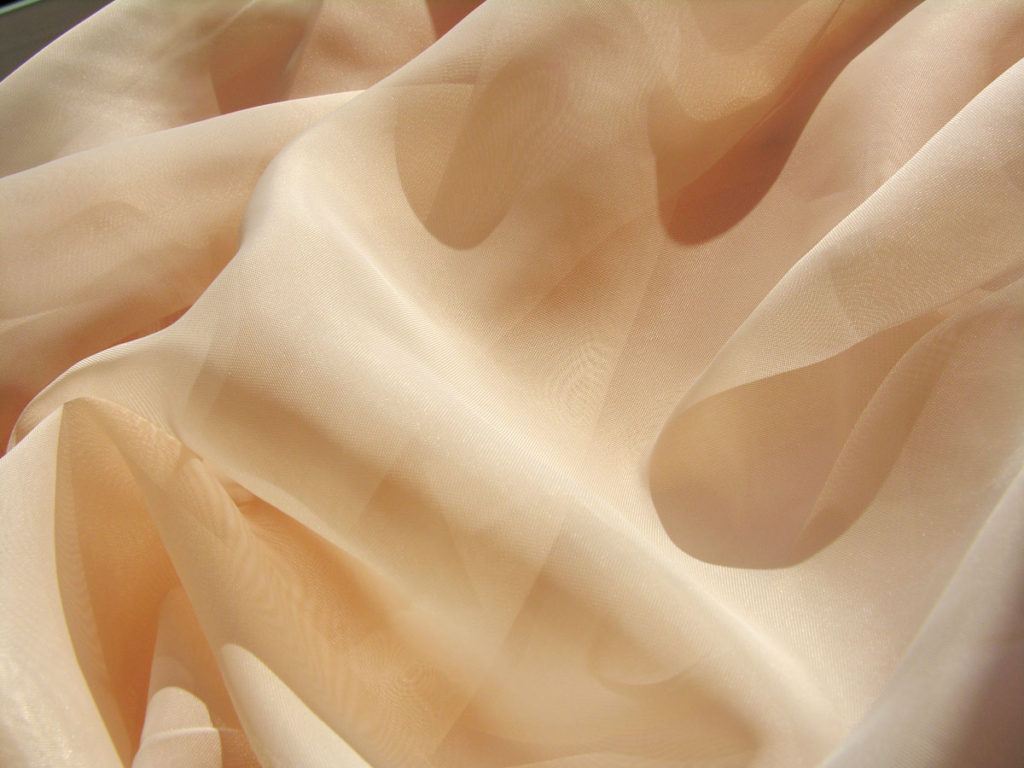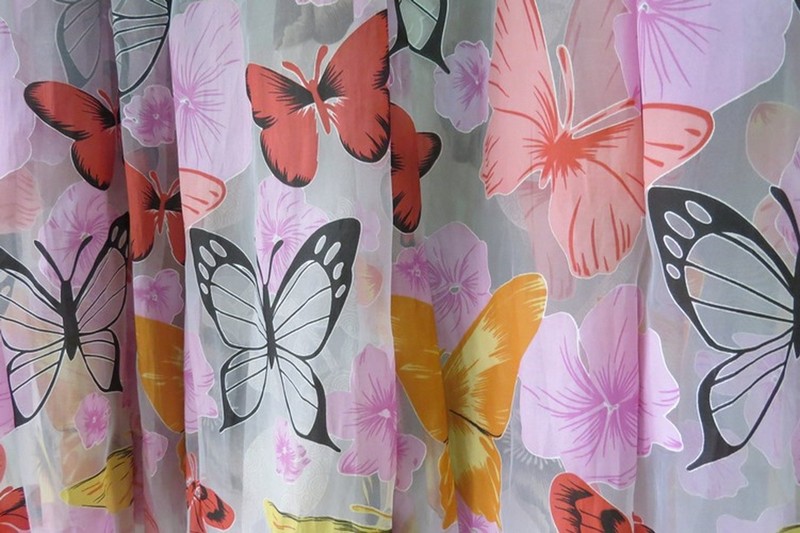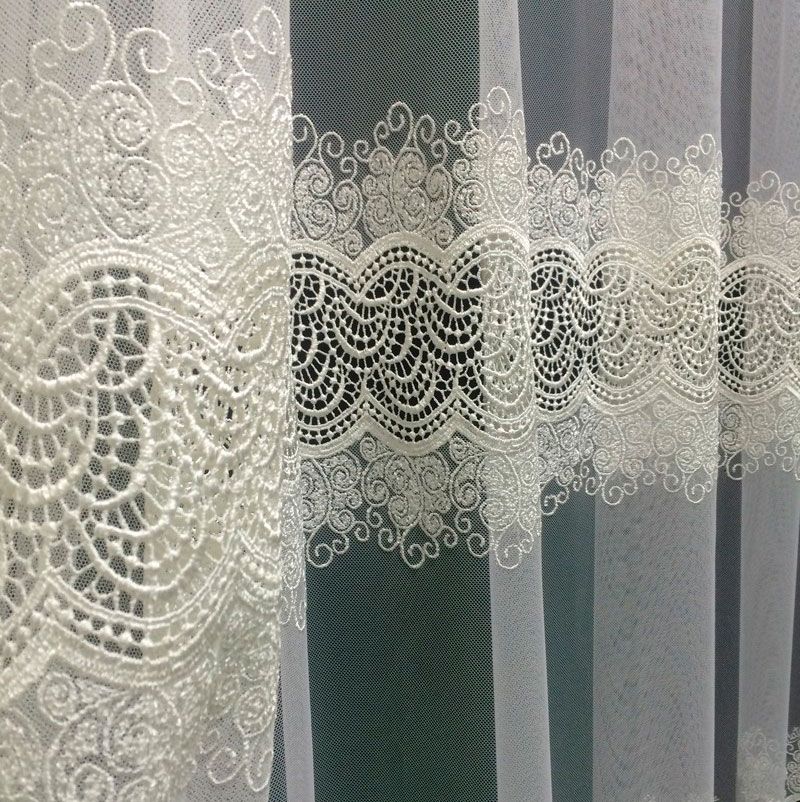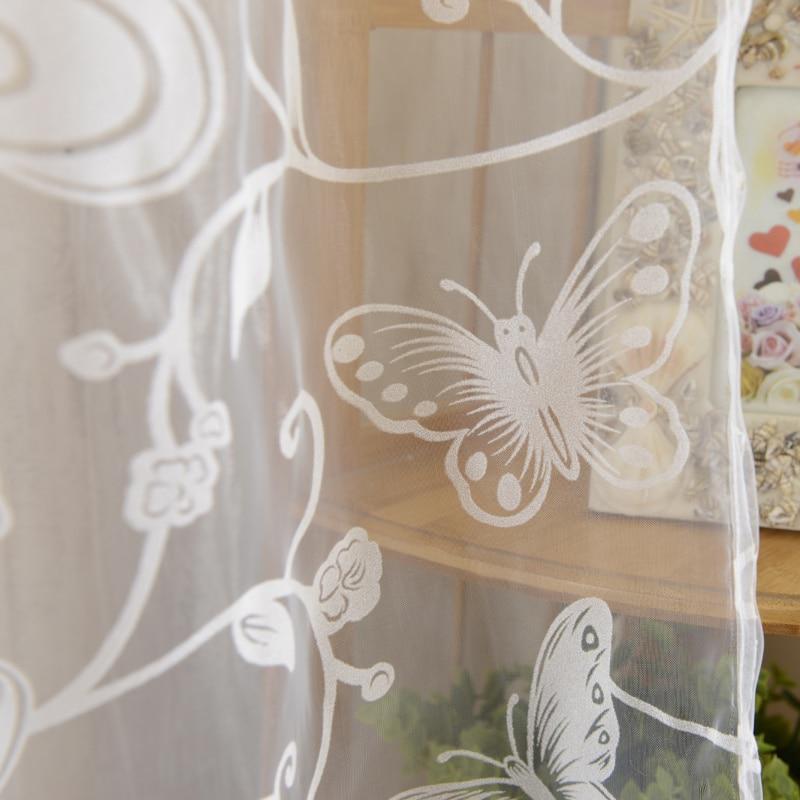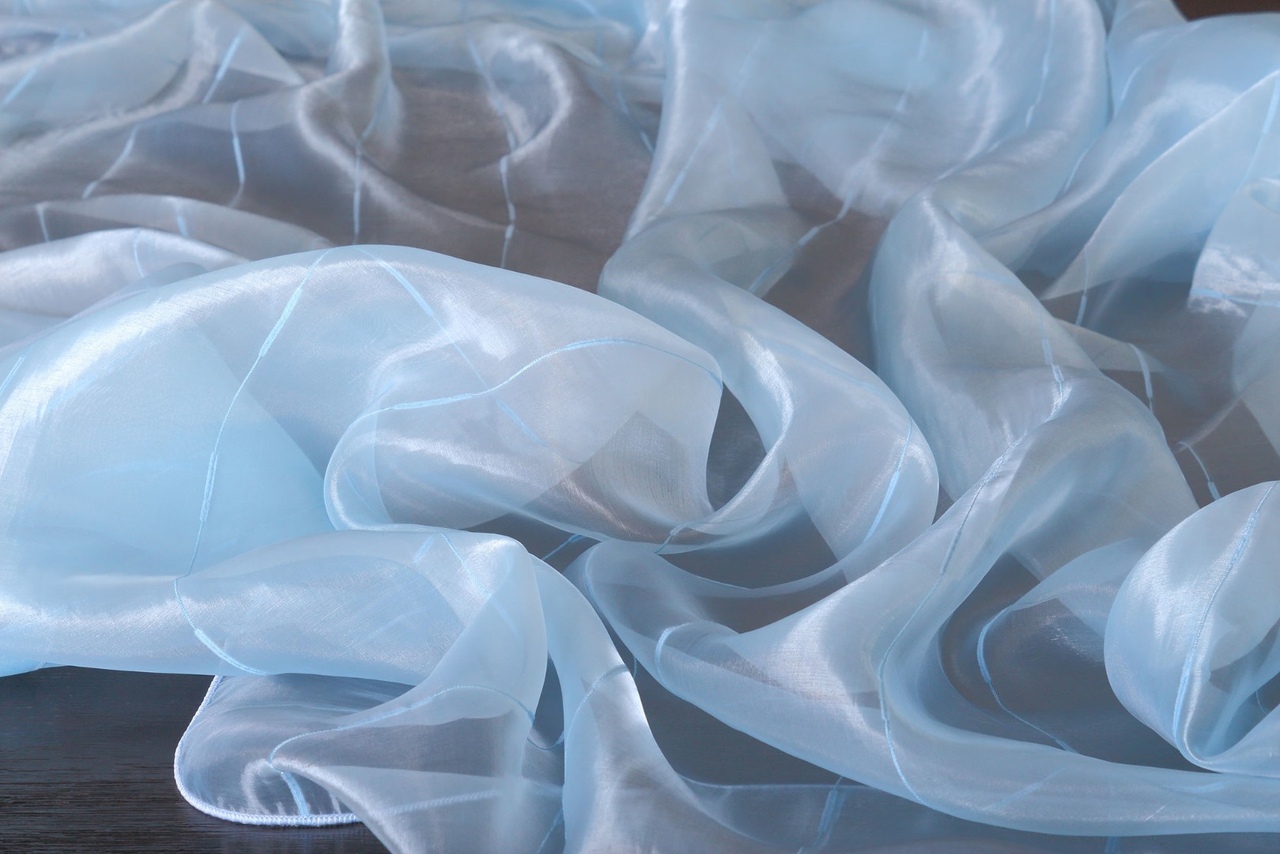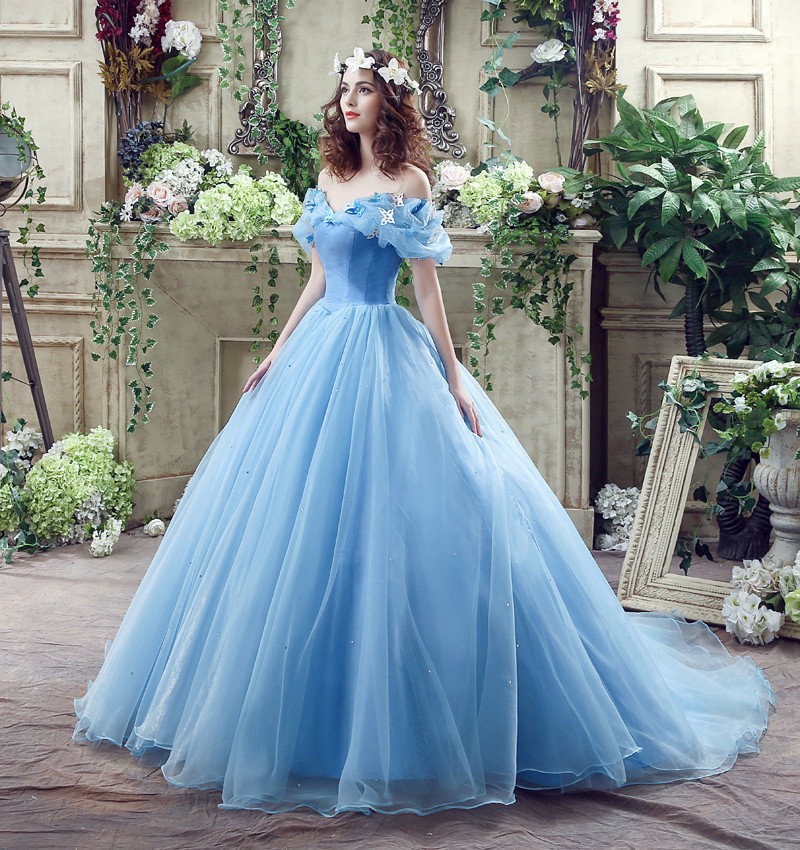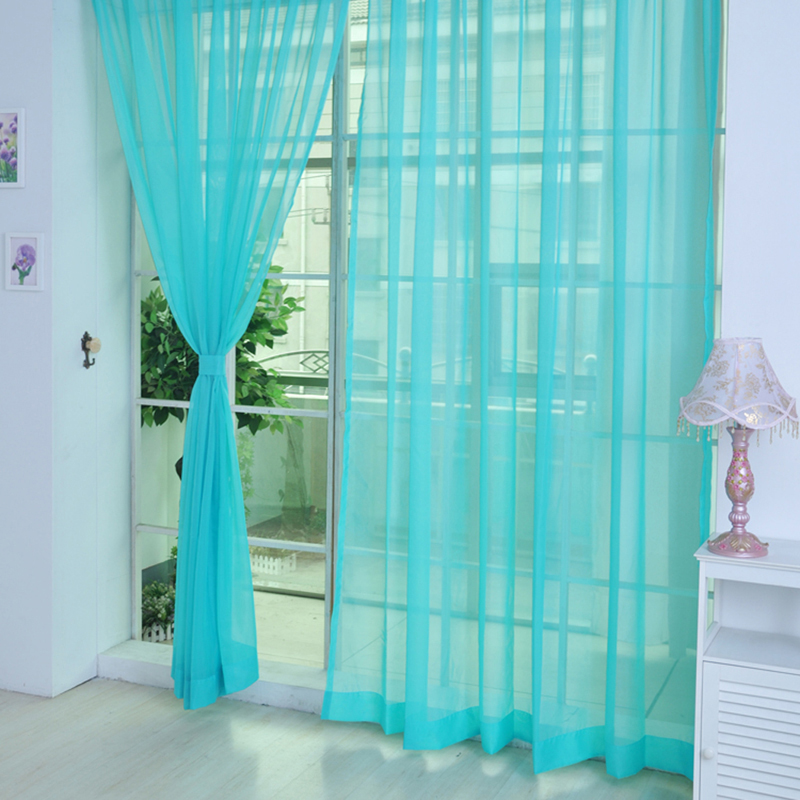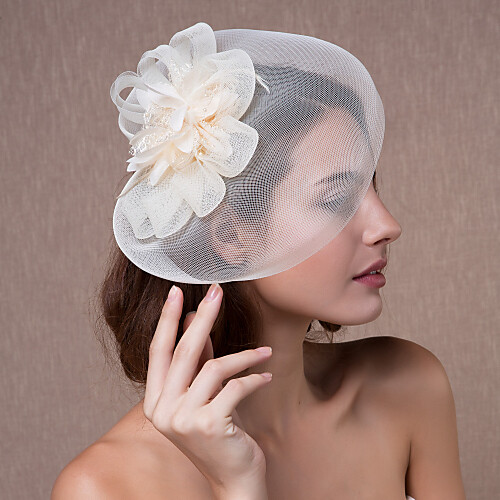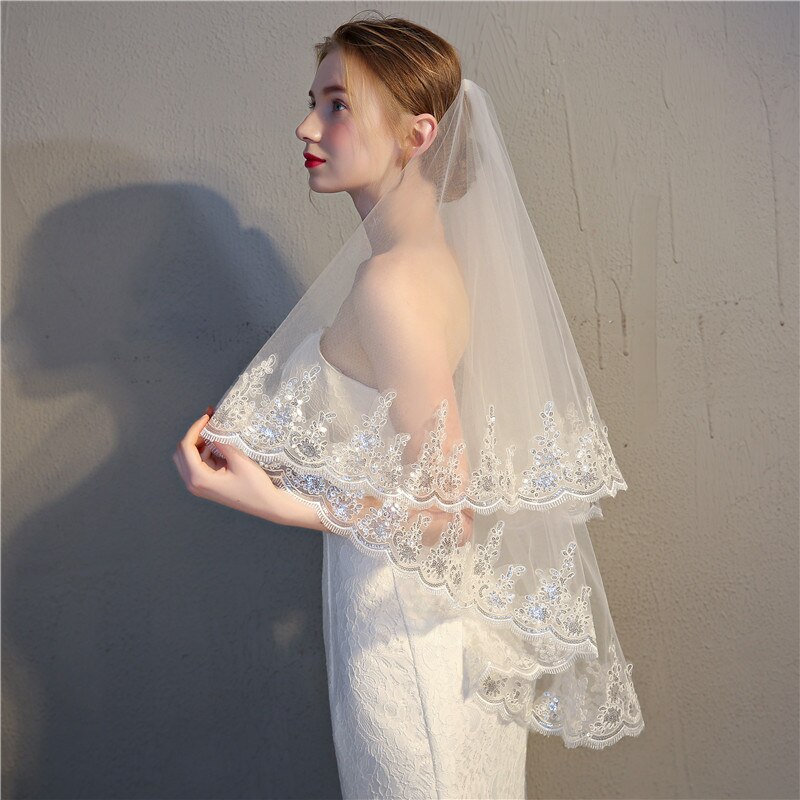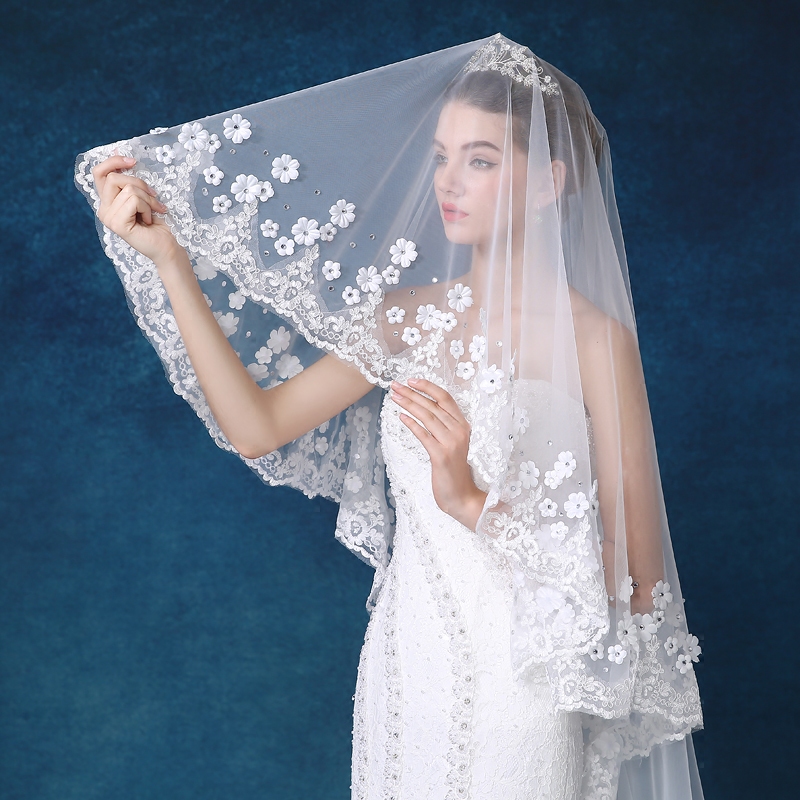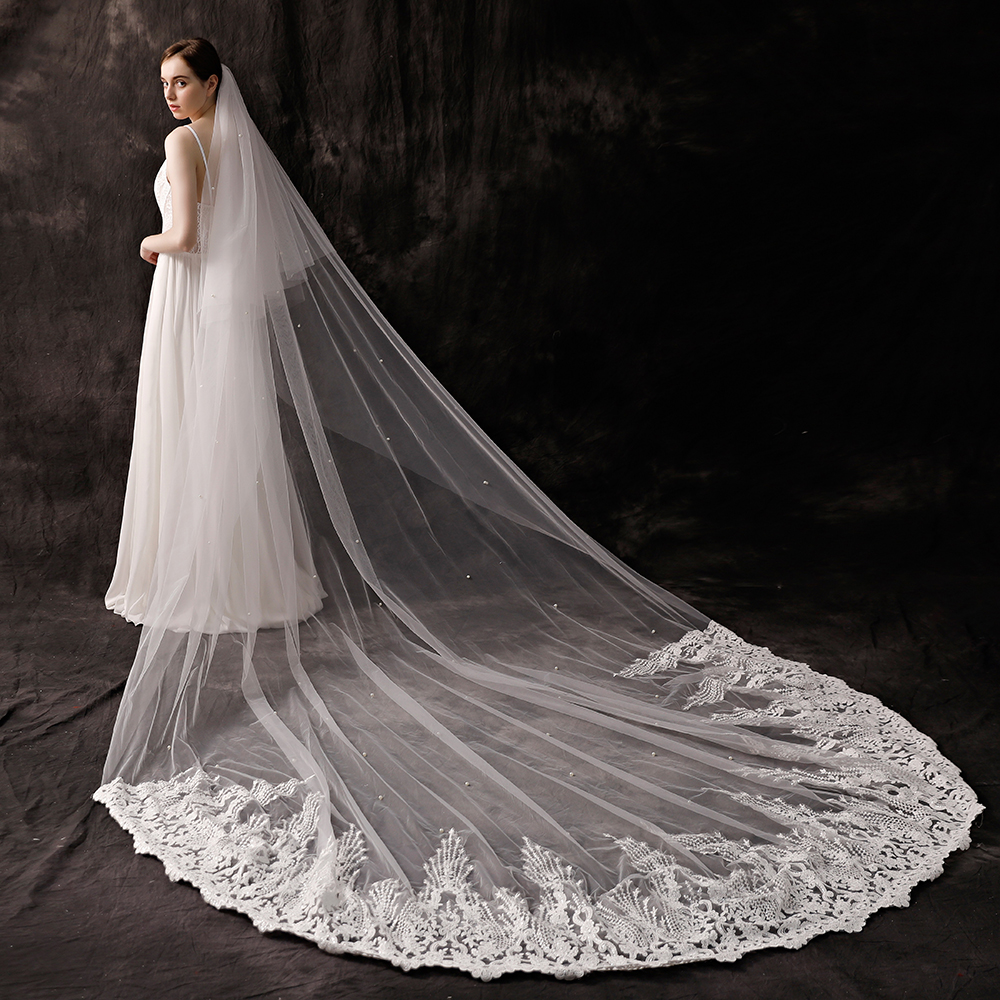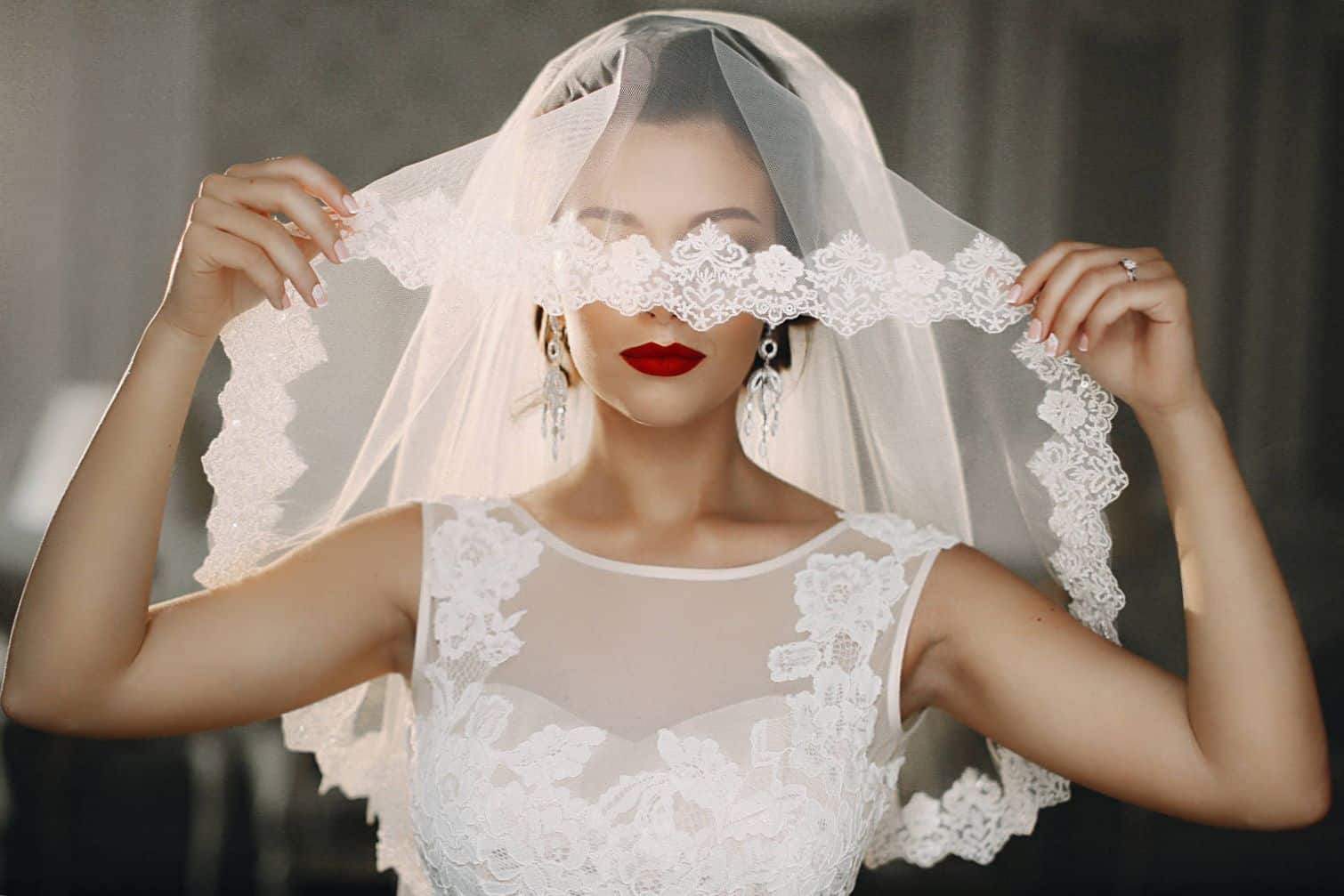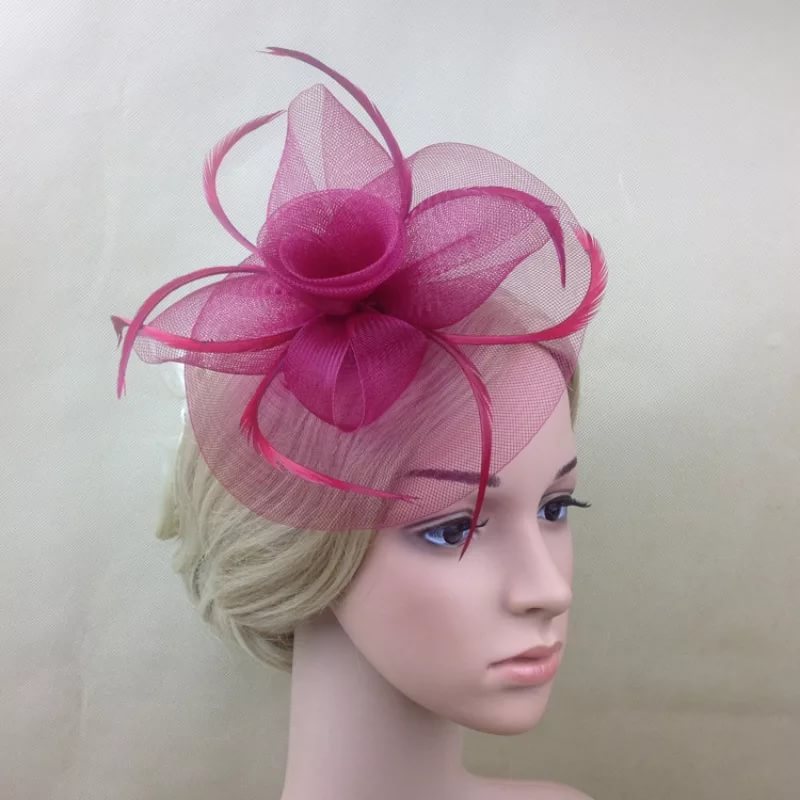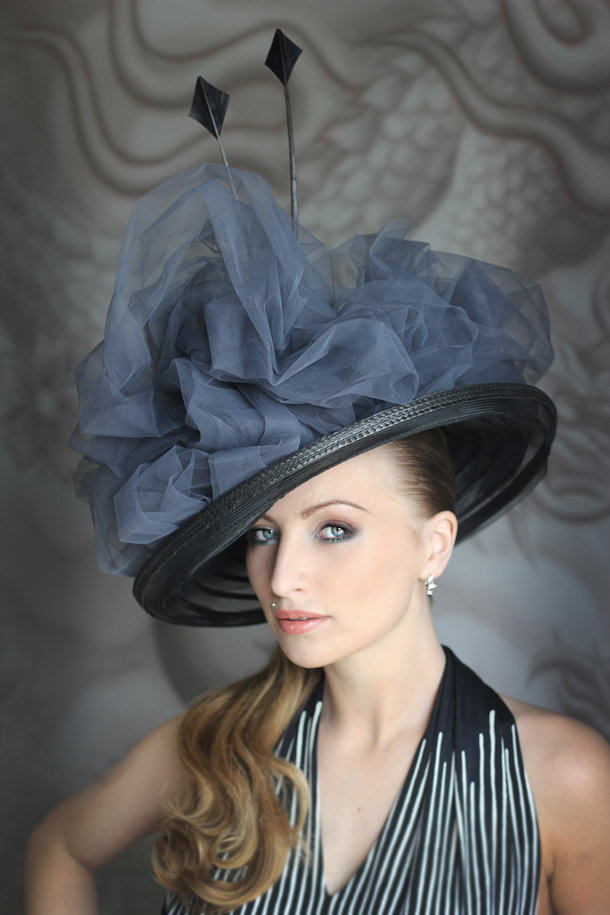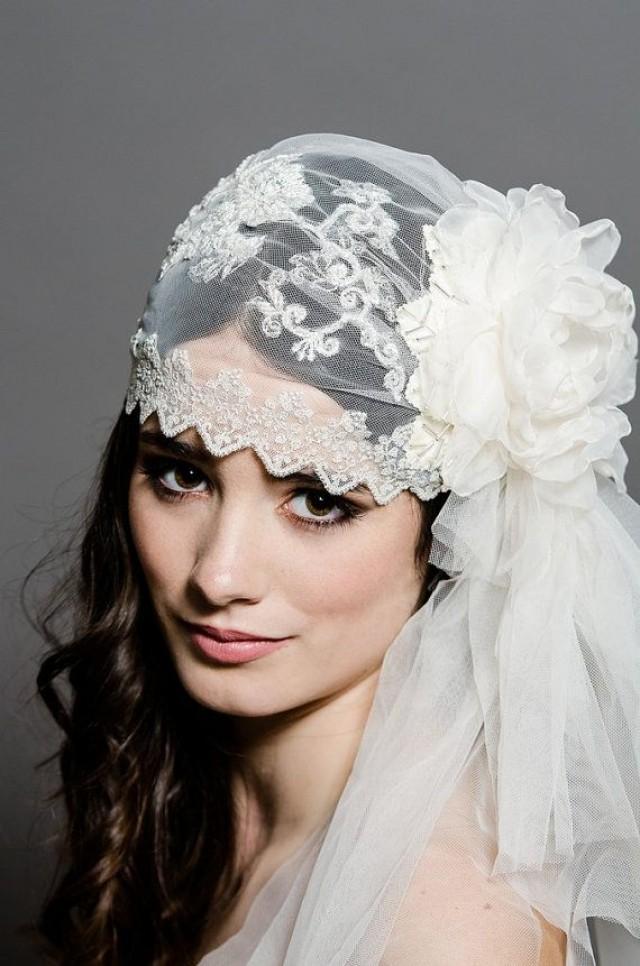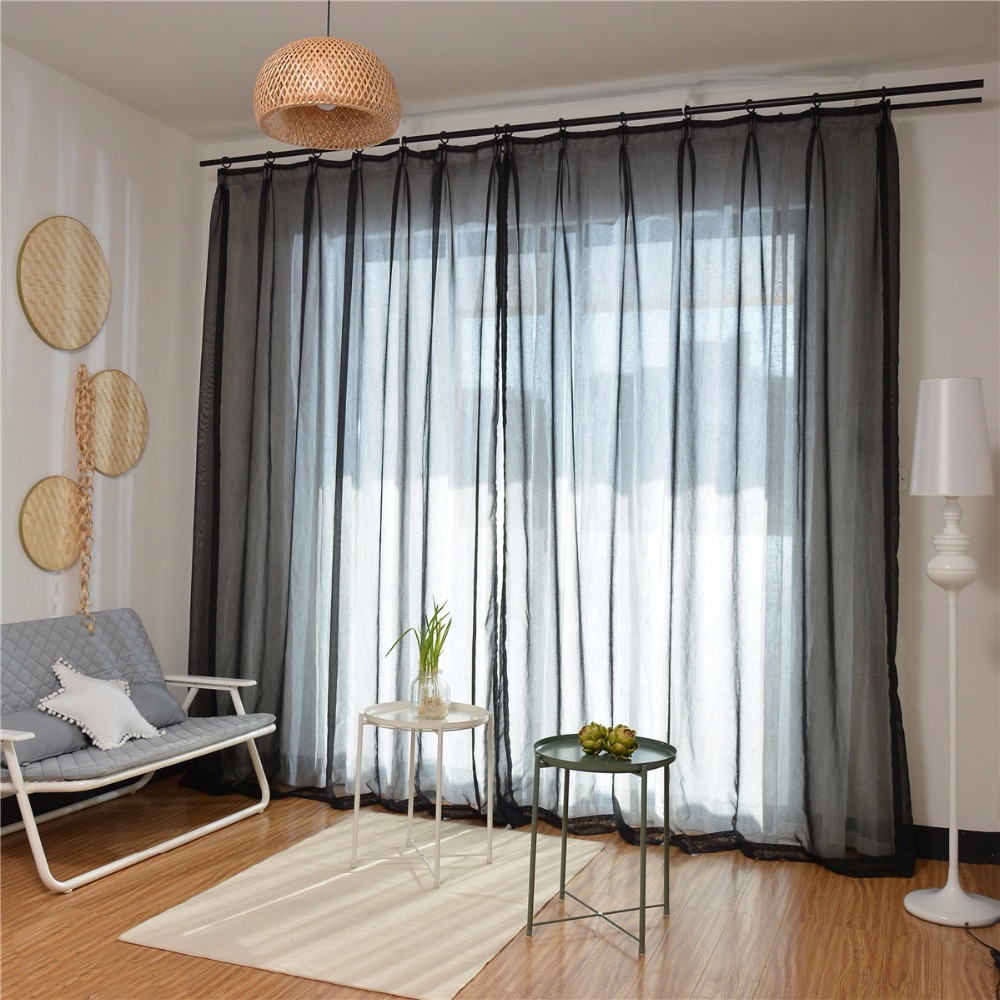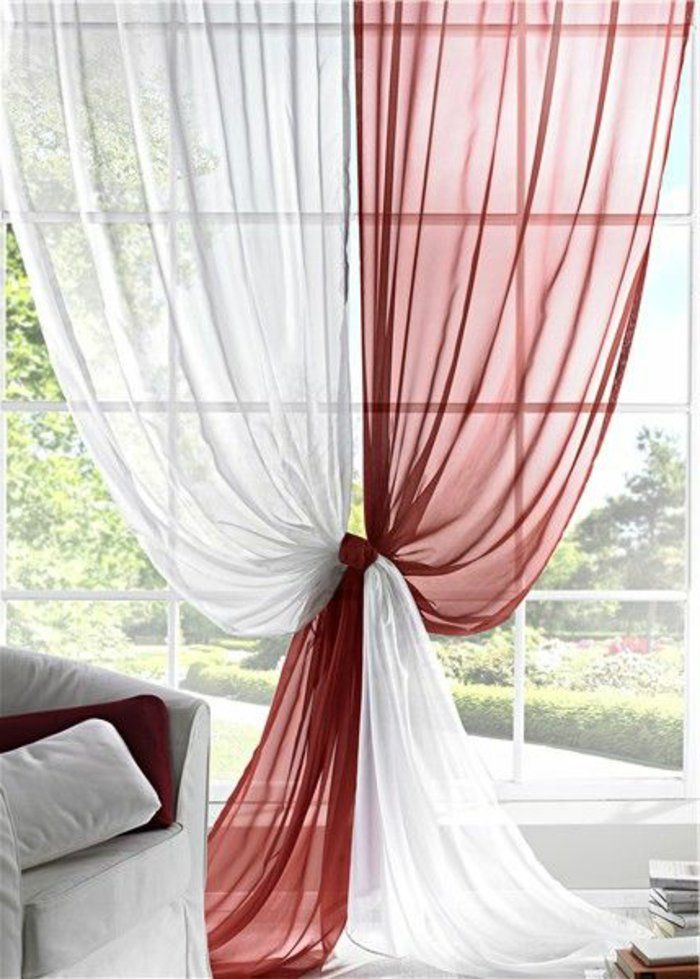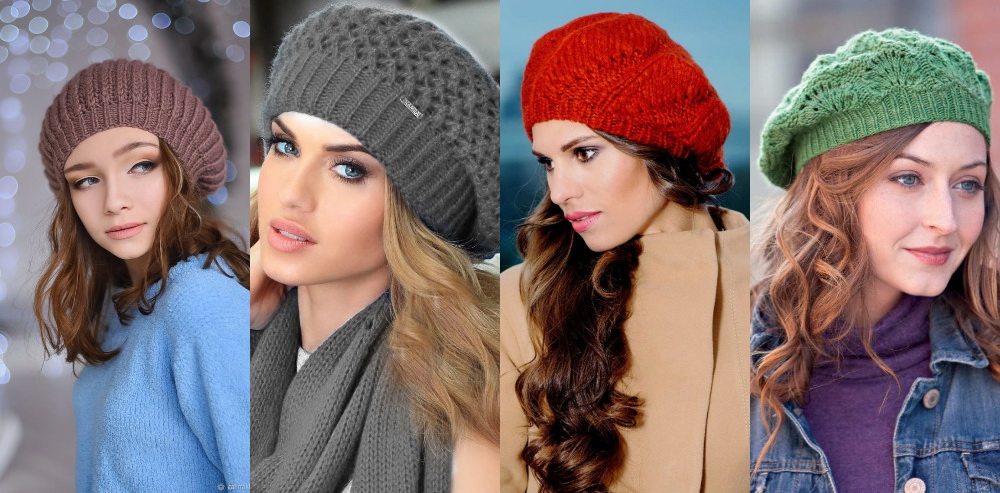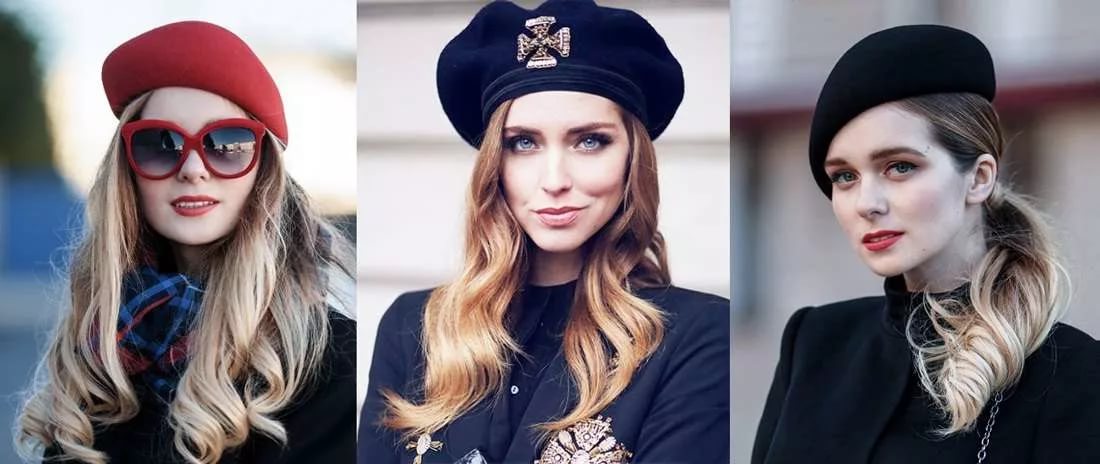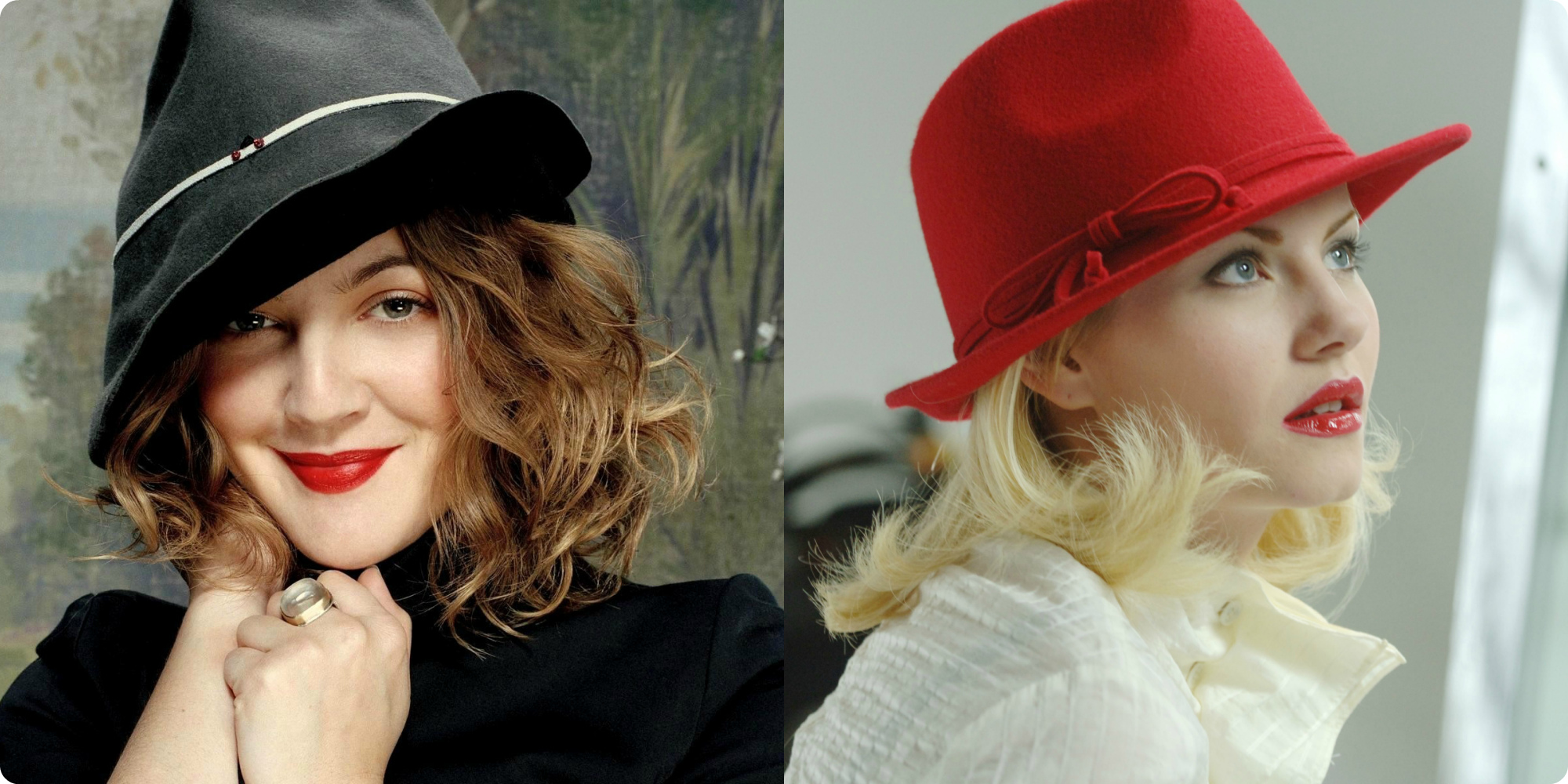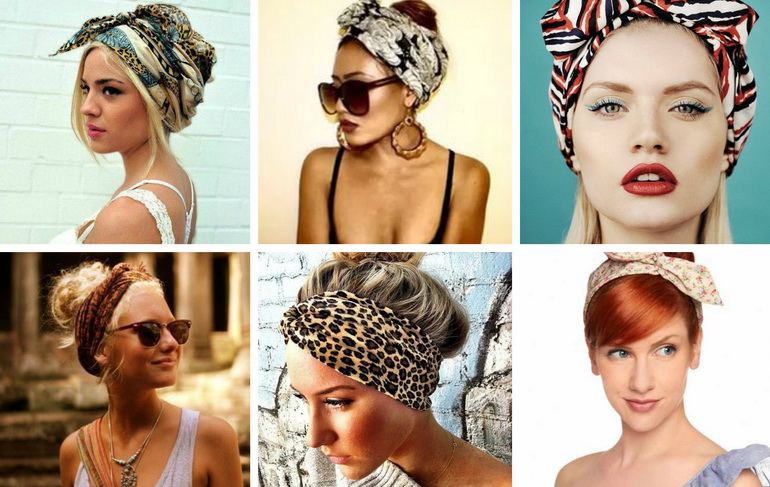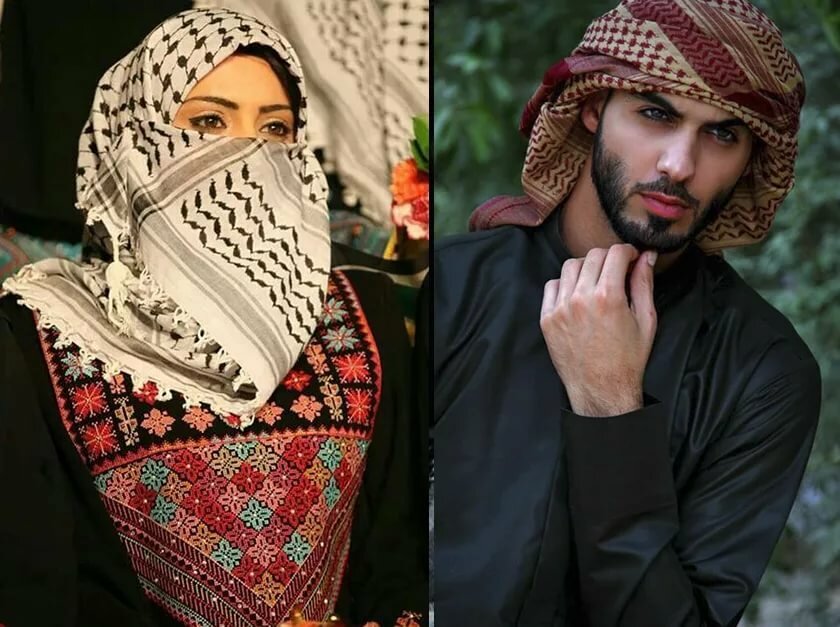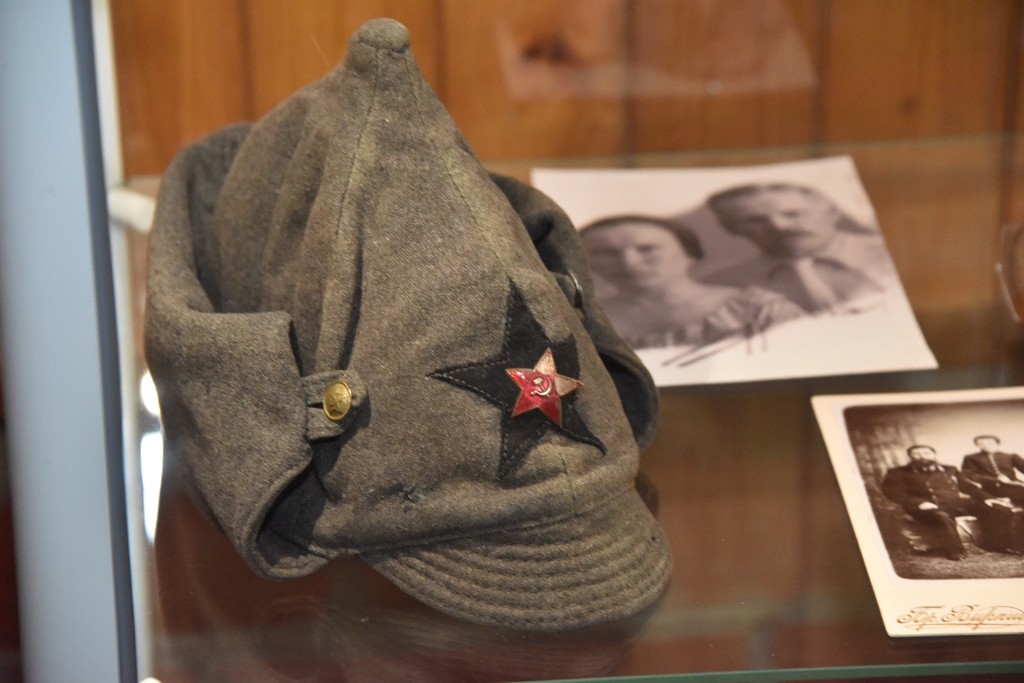There are fabrics that will never go out of fashion. This is due to their versatility and the possibility of using them in various areas of everyday life. Any girl knows that a veil is an excellent fabric that is suitable for both sewing a wedding veil and making curtains for a window. Such materials are relatively inexpensive and very easy to care for.
Fabric characteristics
A veil is a loosely woven mesh fabric produced by plain weaving. It is usually made of cotton, but sometimes silk or wool can be used as the base for a veil. Sometimes synthetic fibers based on polyester are used for production. From a lexical point of view, a veil is a word that comes from the French "voile". In Russian, it is translated as a curtain or haze.
Buyers often confuse veil, chiffon and organza. The first two fabrics have a soft, flowing texture, a non-shiny surface, and a weave of threads that provides a light structure to the fabric. They are mobile, weightless, and translucent. Veil is characterized by greater durability and a high density of weave of threads. This makes it suitable for the production of tulle. Compared to organza, it is distinguished by increased softness and a pronounced matte surface.
The veil found on store shelves is most often monochromatic. Its coloring can be varied. Sometimes one color is diluted with lace or prints. Other visual effects are also found. Thus, after processing the fabric with reagents, it is possible to obtain translucent images. Veil-based curtains are often decorated with:
- drawings;
- sequins;
- rhinestones;
- border;
- lace;
- embroidery;
- flock.
Advantages and disadvantages
To understand what kind of veil fabric it is, you need to familiarize yourself with its advantages and disadvantages. The advantages include versatility of use, lightness, the possibility of using it to create a number of designer objects, a relatively low price (except for wool and silk options). White fabric looks the most refined and elegant, so light colors are best suited for sewing various outfits.
The material has a matte surface, which allows you to hide interior flaws or an unsightly landscape outside the window, and reflects light well. If you use the veil correctly in the interior, you can slightly darken the room or room located on the sunny side of the building.
The fabric usually does not need ironing after washing, it is enough to hang it up properly.
There are also a number of disadvantages. The main one is that the fabric has to be cared for in a special way. It is necessary to follow the rules of washing and storage so that the product retains its attractive appearance for a long time. Other disadvantages include:
- difficulty in removing greasy stains, which make it almost impossible to hang the veil in the kitchen;
- increased dust absorption due to the compacted structure, the appearance of a static effect;
- rapid fading in the sun, loss of original shade.
Where is it used?
The veil fabric stands out for its lightness and airiness. When it moves, you can see beautiful flowing waves. This allows you to make on its basis:
- casual women's dresses;
- decorative elements of clothing (feathers, flowers, translucent and draped inserts);
- headwear;
- wedding veil;
- curtains, window curtains.
In a wedding look
The material is often used to sew veils and veils. These accessories add sophistication and mystery to the bride's image. The latter decoration stands out for its variety of shapes, so it suits any wedding style. Most often, the veil is made on the basis of a mesh, but recently, lace and tulle options have become popular. You can wear it by itself or attach some accessories, for example:
- brooches;
- stones;
- feathers;
- beads;
- flowers;
- rhinestones;
- beads;
- lace.
A veil and a veil can be chosen for any type of hairstyle. They are fixed on the hair with invisible hairpins, a comb, hairpins, or a headband.
For headwear
A hat with a veil is one of the most important accessories for creating the image of a mysterious, elegant aristocratic lady. Such headdresses have been known since ancient times, their description can be found in ancient manuscripts. They became most popular in the Old World in the middle of the 19th century.
In the USSR, the veil fell out of favor, while in Europe it is still common, although it fits poorly into everyday style. Today, it is used mainly as an adornment for an evening or wedding dress. The impetus for the development of the accessory was the appearance of a tulle veil. Small pillbox hats with this adornment, worn slightly to one side, have symbolized good taste for many years.
In interior design
Veil-based curtains allow you to visually change the dimensions of a room. Curtains decorated with horizontal stripes will look good in a narrow room. This will increase its size. In rooms with low ceilings, it is preferable to use vertical stripes. The quality of the fabric for curtains varies depending on the raw materials used and the density of the weave of the fibers. Classification into types is mainly carried out by the material of manufacture:
- Cotton veils can be plain-dyed and often complemented with a textured image. The main advantages are increased lightness and air permeability.
- Wool is a luxury item and is quite expensive. It is characterized by heat-protective properties and low weight.
- Silk tulle is rarely found on sale. Few people know what it is and how to distinguish this fabric from other types. It has a flowing, slippery structure and shine.
- Polyester fabrics look like cotton, but are softer. They are distinguished by their breathability and silkiness.
How to care
When purchasing a thin translucent product, you should first clarify the appropriate washing mode and the composition of the fabric. Like any other delicate fabric, it is preferable to wash the veil by hand. Many housewives believe that curtains made of this material should be placed in a container with a cool solution of mild detergent for two hours. After that, rinse them well.
You should not twist or rub the veil. Large stains that are clearly visible when held up to the light should be removed with special products before washing.
If the fabric is made of synthetics, machine washing is allowed on a gentle cycle, but wringing is strictly prohibited. Before placing the curtains or drapes in the drum, they are first wrapped in a pillowcase or linen bag.
The washed fabric is laid out horizontally and left until all the water has drained. After that, it can be dried by hanging it on a rope or leaving it lying on the surface. Always iron the veil from the inside, slightly moistening it. It is best to do this through the fabric. If the fabric needs to be stored, it is preferable to roll it up instead of folding it.
Video

